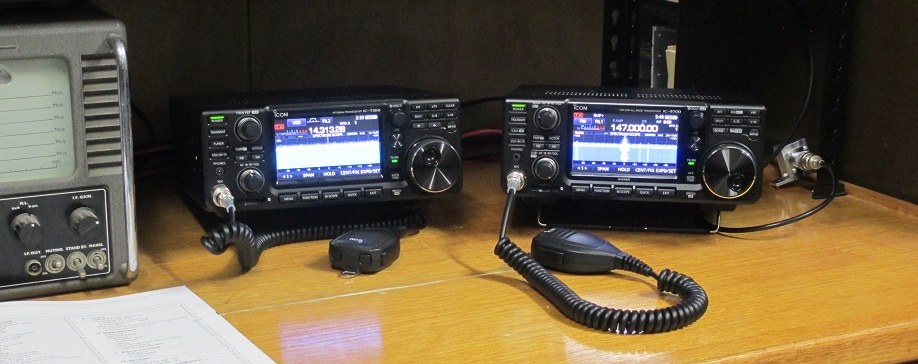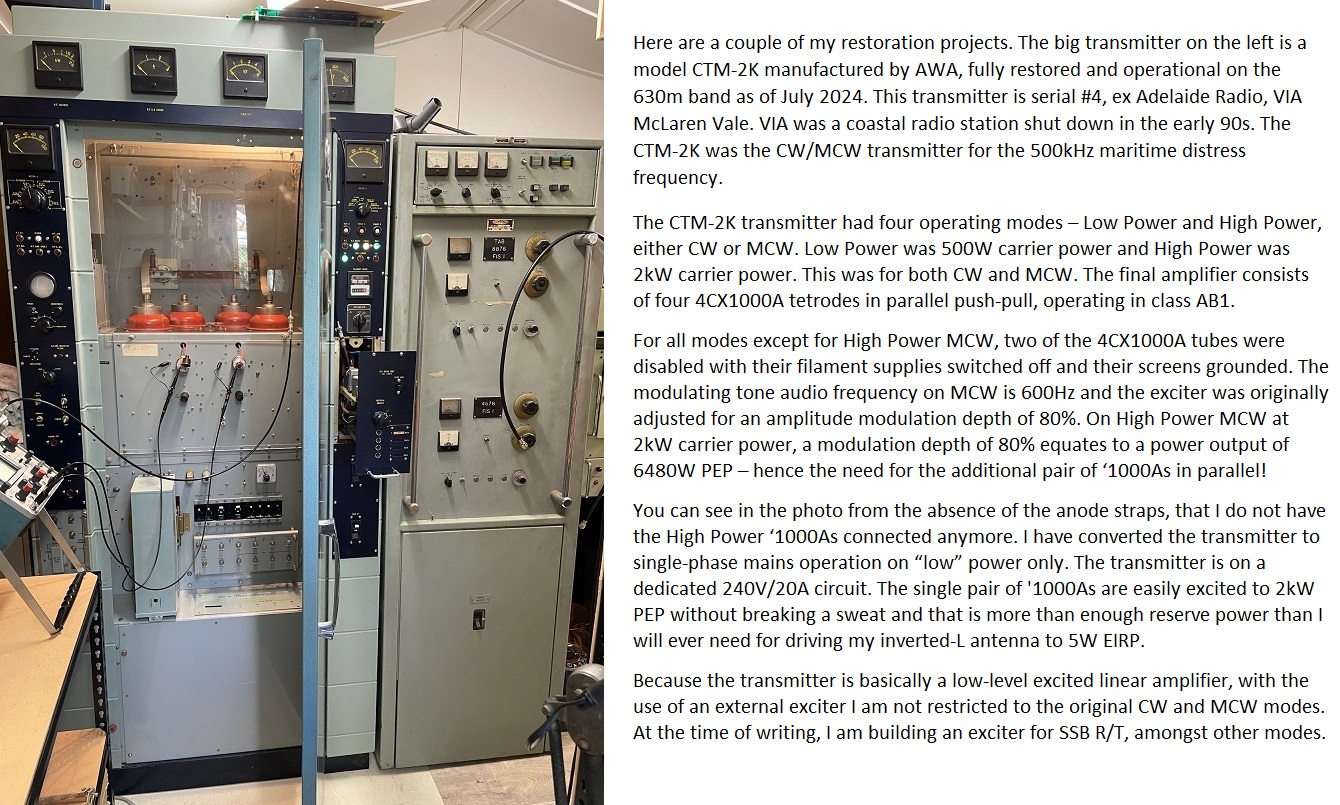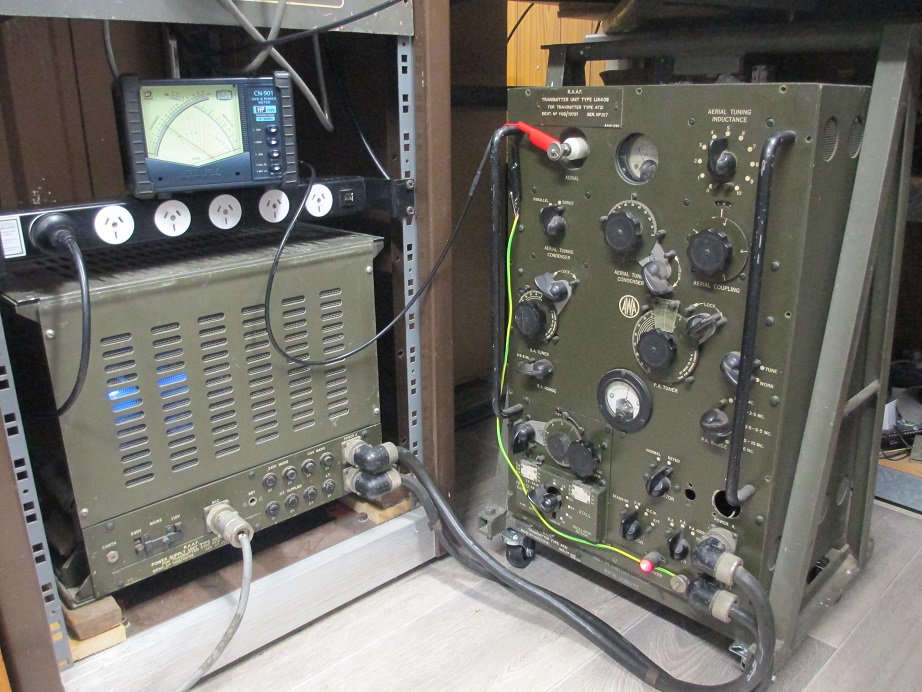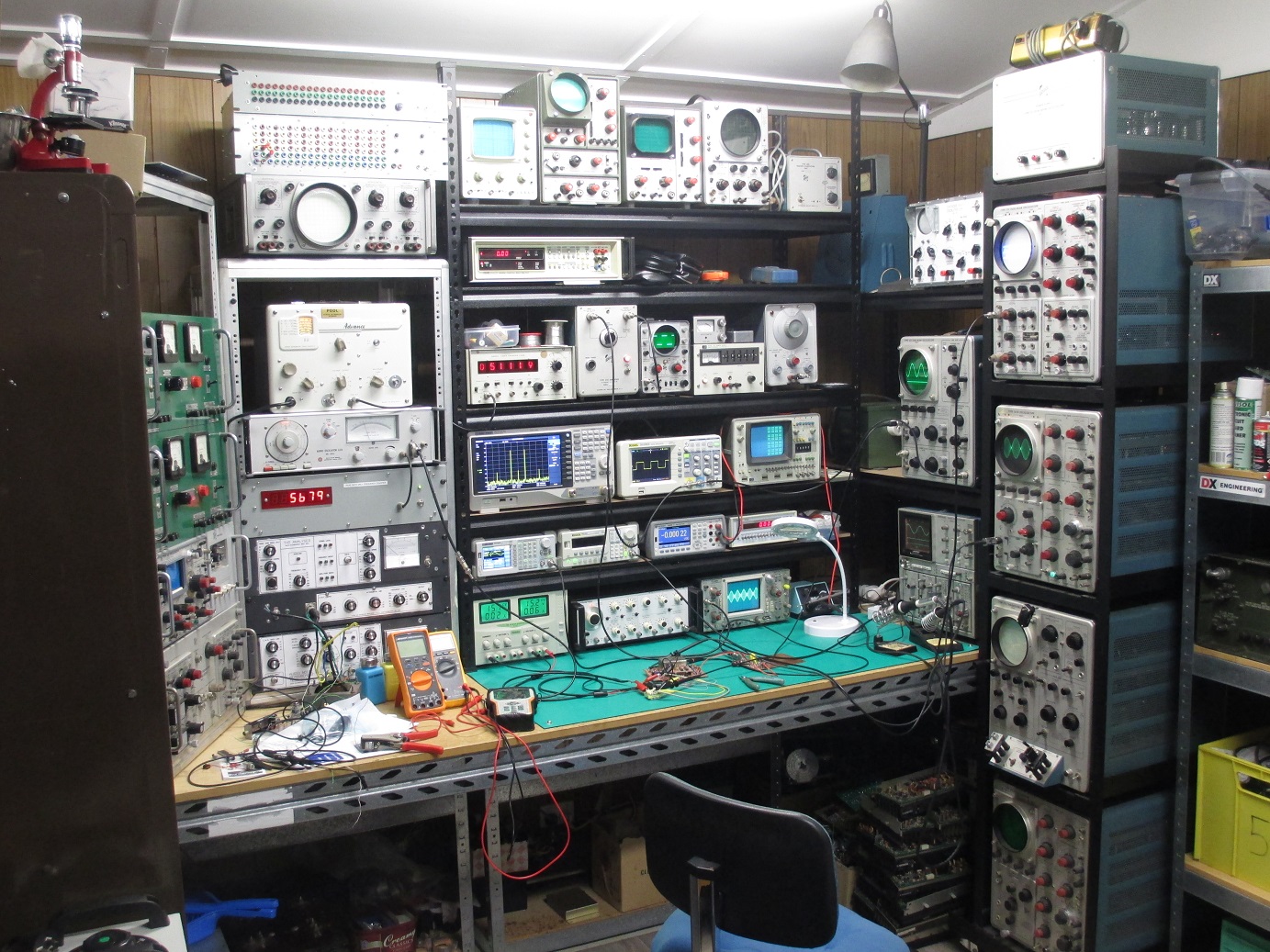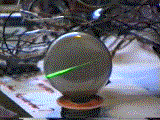
A cryptic clue as to where I reside (not Austria).
E-mail the author: glenk AT internode.on.net
What's new? Click here for the sites update log
Retro 8-bit computing
Pong central arcade
Test and measurement projects
Misc. projects
Analog computing experiments and projects
Boat anchor repair and restoration zone (a serviceman's log)
Design resources

A cryptic clue as to where I reside (not Austria).
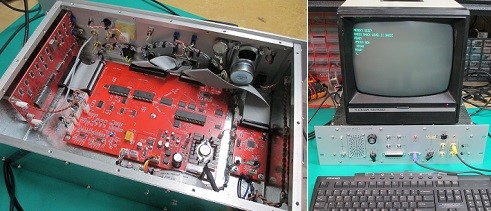
|
Tandy / RadioShack TRS-80 Model 1 clone
A fully-functional clone and improved ground-up hardware redesign of Tandy Corporation's famous home computer from 1977. |
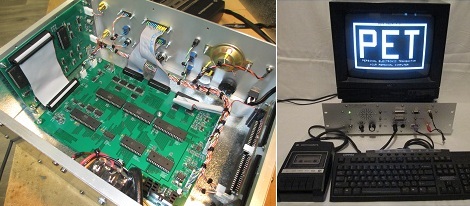
|
Commodore PET-2001 clone
A fully-functional clone and improved ground-up hardware redesign of Commodore's first true personal/home computer. |
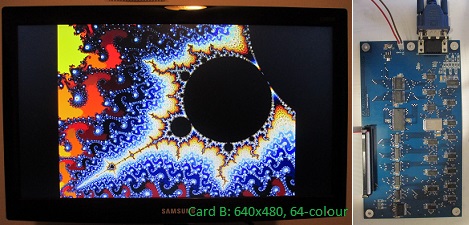
|
8-Bit "VGA" video graphics cards for retro computing Three individual video card designs, built out of 74-series derivative CMOS logic. No CPLDs or FPGAs! The cards are specifically intended to be used with old-school computer systems (Z80, 6502, et al.) and have 5V TTL/CMOS, 8-bit microprocessor-compatible control interfaces. Realised from differing combinations of 74LVC, 74AC, 74HC and 74HCT logic, the resolution and colour specifications of the three cards are:
Card A: 640 x 480 pixels, 16777216 (24-bit) colour.
|
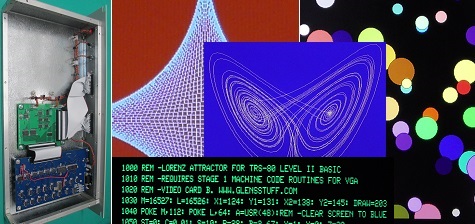
|
A video graphics card adaptor for the TRS-80 microcomputer with Level II BASIC This project is of two parts: Hardware - a very simple interface in 74HC(T) logic designed to permit any of my three "VGA" video graphics cards to be fully addressed and controlled via the Expansion Interface Port of a vintage TRS-80 Model 1 microcomputer. Add dual-monitor support and high-resolution graphics to your 1970s era hardware! Software - fast machine-code driver and video graphics drawing routines callable by BASIC. Specifically programmed for 16 KB Level II machines and packaged as a single object file, the routines load into the top 4 KB of RAM with the SYSTEM command and provide BASIC with a host of powerful drawing functions. |
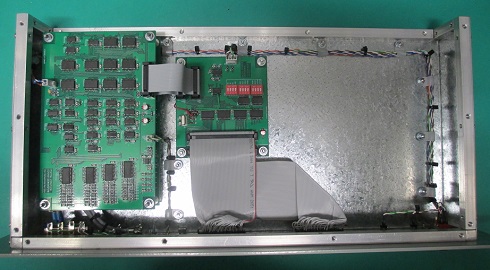
|
Digital Complex Sound Generator Here is my take on a stereo sound synthesiser designed to give a voice to old 8-bit computers like the TRS-80 model 1. The four-voice sound generator circuit is a functionally enhanced work-alike of the long-obsolete SN76489 “Digital Complex Sound Generator” chip by Texas Instruments, implemented entirely in current-production 74HC(T) logic! A stereo pair of sound generator boards, for a total of eight independent voices, are connected to the host microprocessor bus via an interface board sporting the required (dip-switch programmable) address decoding logic. The interface board also contains a master clock source for the sound generator boards. |

|
An RS-232 line-printer interface for the TRS-80 model 1 This little unit provides a bi-directional serial line-printer port for the TRS-80 model 1. |
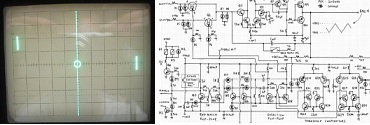
|
Oscilloscope Pong for one or two players A paddle-and-ball game that renders simple vector graphics on an oscilloscope screen, but with a twist - the circuitry is implemented entirely in discrete components, all soldered together “dead bug” style over a sheet of bare copper laminate. Over 300 individual semiconductor devices! |

|
Video Pong for one or two players A little bit of craziness – a video display version of Pong implemented entirely in discrete component circuitry, soldered together “dead bug” style over a rather large sheet of lacquered copper laminate. Some features:
|

|
A 13.8V, 7A switch-mode power supply with over-voltage protection. Specifically designed to power radio transceiver equipment. Less than 0.05% ripple and noise. |
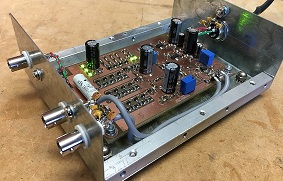
|
An ultra low noise measurement amplifier A fixed gain, JFET-input amplifier for laboratory noise measurements. Basic specifications:
|
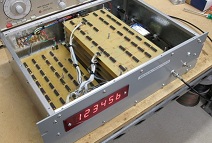
|
A NAND gate-only frequency counter A six-digit frequency counter with leading-zero suppression implemented entirely in NAND gate logic. Complete I.C. complement:
|
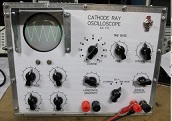
|
A simple audio oscilloscope An audio-bandwidth solid-state oscilloscope with a fully synchronised linear-sweep time base implemented with only six bipolar transistors and two silicon diodes! |
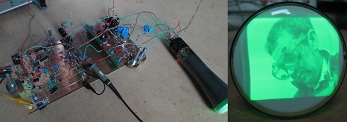
|
A prototype 2-inch C.R.T. composite video monitor A prototype 2” C.R.T. composite video display monitor knocked up one rainy weekend. |
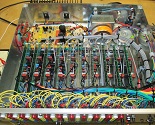
|
GK-1 analog-hybrid computer system
|
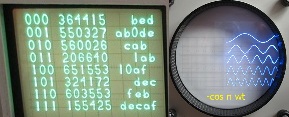
|
A Fourier synthesis character generator An alphanumeric display unit in which Fourier synthesis is used to construct the individual characters. |

|
A three-dimensional projective unit An analogue computing aid which maps objects defined in three dimensional Cartesian coordinates (x, y & z) to a two dimensional X-Y oscilloscope screen. The projection of the object is fully rotatable through 0-360 degrees on both the x and y axes of the object. |
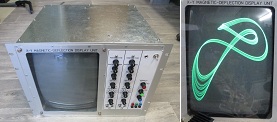
|
A magnetic deflection display unit
|

|
A Rössler attractor circuit An electrical analogue of the famous Rössler attractor. |
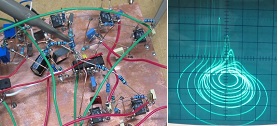
|
A hyperchaotic Rössler attractor circuit An electrical analogue of the four-dimensional hyperchaotic Rössler attractor. |

|
A Lorenz attractor circuit An electrical analogue of the famous Lorenz attractor. |

|
Sprott Systems Circuits Electrical circuit analogues and oscilloscope display photos for chaotic Sprott Systems B through S. |

|
A self-programming analog computer for chaotic Sprott systems An analog computer designed and built to experimentally simulate chaotic Sprott Systems A through S. |
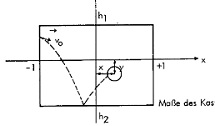
|
Telefunken's bouncing ball in a box: an analog simulation My implementation of Telefunken’s once famous analog computing demonstration problem. |
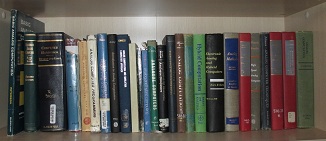
|
My analog computing bookshelf Books on this arcane art that I’ve collected, sourced mostly from on-line books sellers via Abebooks. If you have a passing interest in analog computing, here are some suggested titles to look for. |
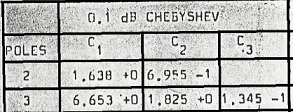
|
Coefficient tables for active filter design. High-pass, low-pass, 2-pole through 10-pole
|
A typical prototype assembly on the bench:
Radio communications work trip, Musgrave Ranges APY Lands, Jan 2023 - an afterhours hike up the highest nearby summit.
Even in the middle of nowhere, the highest summit has to have a cairn to be found atop!

Some of my HAM stuff:
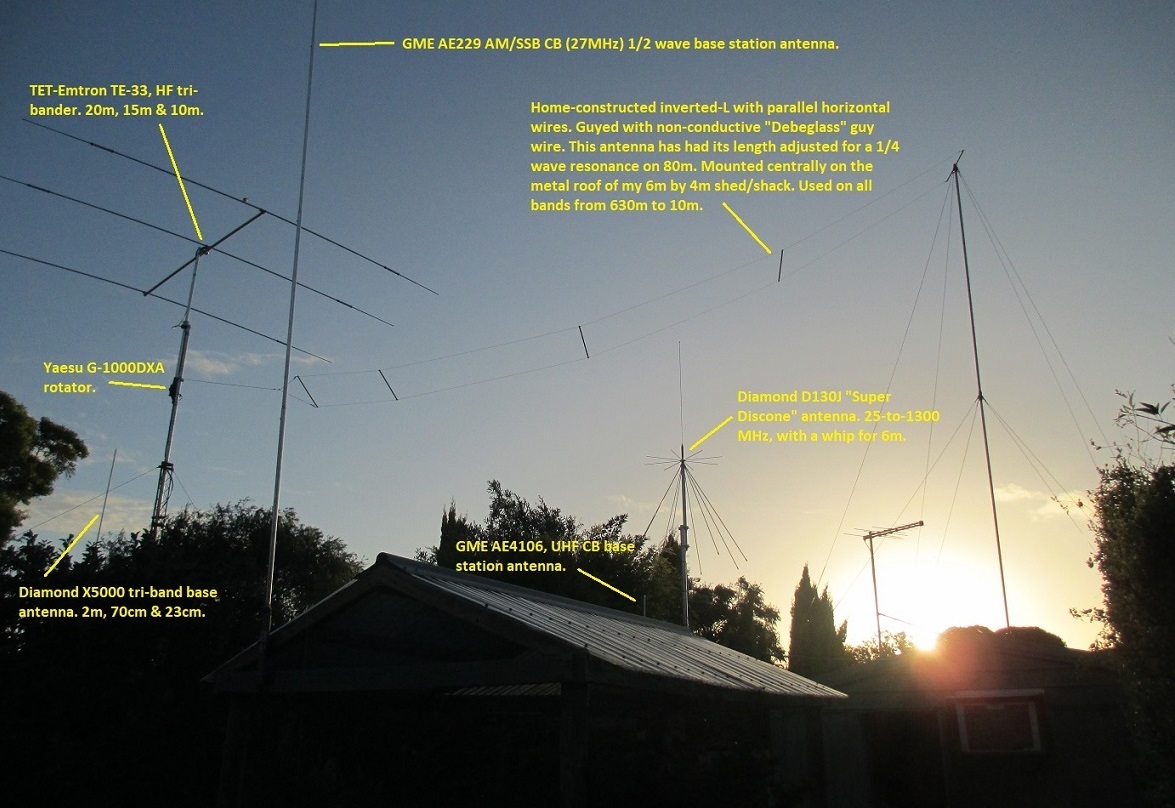
Non-identical twins straight out of the box - Icom IC-7300 and IC-9700.
The Polyphaser was just being utilised temporarily as a connector adaptor.
